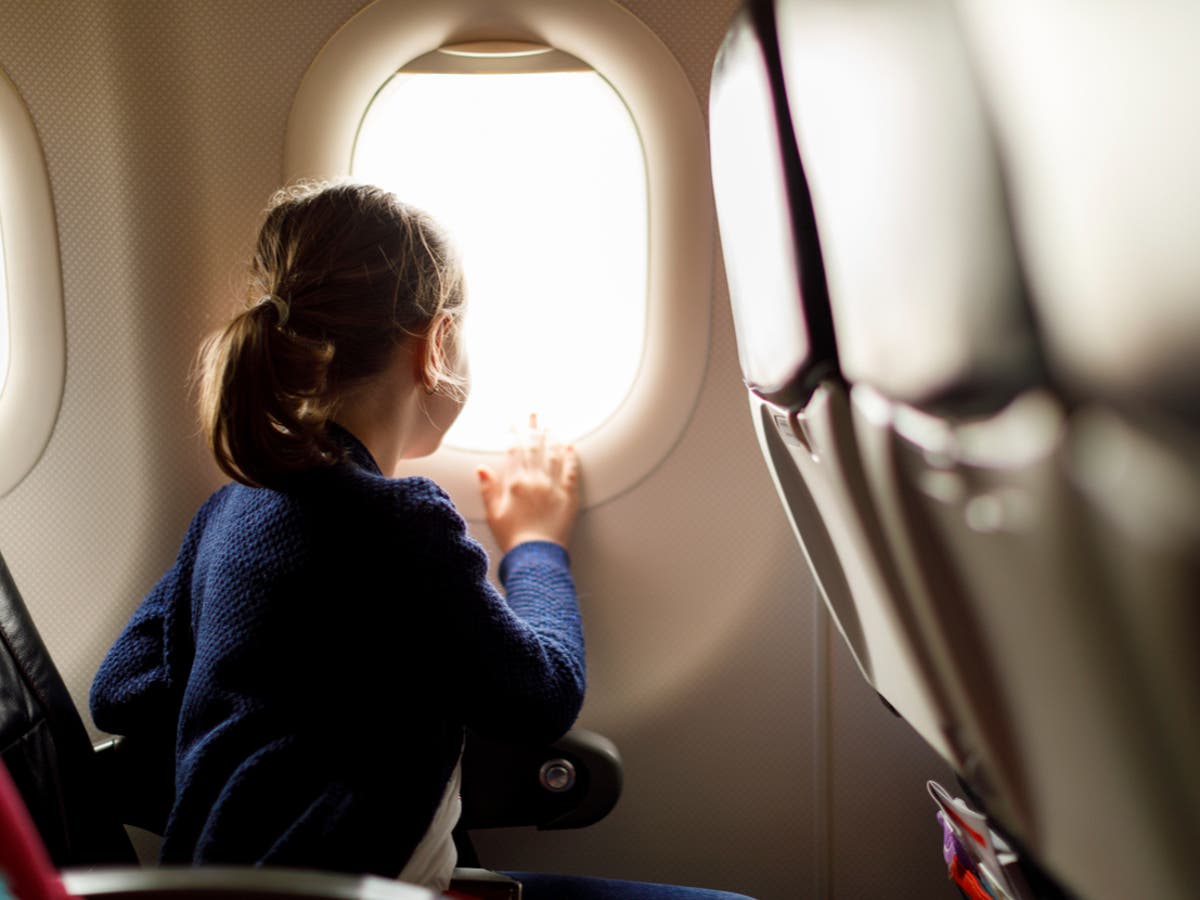Hiding for days in the basement of a kindergarten in Bucha, the Kyiv suburb that became synonymous with Russian war crimes, Oksana Semenik had time to think.
Outside, Russian troops were rampaging through the town, killing civilians who ventured into the streets. Knowing she might not make it out, Ms. Semenik, an art historian, mulled over the Ukrainian artworks she had long wanted to write about — and which were now in danger of disappearing.
That time spent holed up in Bucha was during the early days of Russia’s full-scale invasion, but even then, two years ago, she had already seen reports of destroyed museums. Precious folk paintings by her favorite artist, Maria Primachenko, had gone up in flames. Moscow, she realized, was waging a war on Ukrainian culture.
“They’re destroying artworks. They’re destroying museums. They’re destroying architecture,” Ms. Semenik recalled thinking in the basement. She vowed that if she escaped from Bucha, she would not allow Ukrainian art to fall into oblivion. “It was like: ‘There’s a war. You can die any minute. You should not postpone all this research any longer.’”
Ever since, Ms. Semenik, 26, has been working to fulfill that vow.
After fleeing Bucha on foot, she started “Ukrainian Art History,” an English-language account on the social platform X, where for the past 21 months she has been posting daily about the lives and works of long-overlooked Ukrainian artists. Her posts, which have often exceeded 100,000 views, have become a go-to resource for learning about Ukrainian art.
But perhaps an even more significant achievement has been her work to press world-class museums to reconsider their classifications.
Using her online popularity to open doors, Ms. Semenik has lobbied them to reclassify art long considered Russian — because it dates from the Russian Empire or the Soviet Union — as Ukrainian.
She calls her effort “decolonizing Ukrainian art.”
Thanks to her and other activists, institutions such as the Metropolitan Museum of Art have relabeled many artworks and artists, revising decades of practice that critics say conflated Ukraine’s culture with that of its former Russian ruler.
As Russia seeks to erase Ukrainian identity, with art a prime target, Ms. Semenik’s work has been crucial to raising awareness of the country’s cultural heritage at a critical time, art-world figures say, helping refute the Kremlin’s claim that Ukrainian nationhood is a fiction.
“Russia says: ‘Hey, show us your culture. You don’t have any. Ukraine is not a nation,” Ms. Semenik said in a recent interview. “That’s what I’m fighting against.”
A reserved woman with red-dyed hair, Ms. Semenik still remembers the day she first read about the Ukrainian roots of Kazimir Malevich, the Kyiv-born painter and an important pioneer of abstract art. Malevich has long been described as Russian, but he identified himself as Ukrainian in his diaries.
“Really, is that true?” she recalled thinking about her discovery, around 2016, which sparked her interest in Ukrainian art.
Ms. Semenik went on to work as a culture journalist for several years before enrolling in a master’s degree program in art at Taras Shevchenko National University of Kyiv in 2021. She completed her master’s thesis, on the representation of the Chernobyl nuclear disaster in Ukrainian art, last year.
When she launched her X account, in June of 2022, she made a point of highlighting Ukrainian artists she saw as wrongly identified as Russian. Those included the avant-garde artist Oleksandra Ekster, the 19th-century painter Illia Repin and, of course, Malevich.
Many shared a common story: They had been born, lived or worked in Ukraine; and they had been oppressed, exiled or killed by Russia. Yet the world had remembered them as Russians, because of Moscow’s longstanding efforts to cast Ukrainian culture as Russian patrimony.
Ms. Semenik wants to debunk those myths by “writing about Ukrainian artists that have been ‘stolen’ by Russians,” she wrote shortly after launching her account.
Oleksandra Kovalchuk, the deputy director at the Odesa Fine Arts Museum, said Ms. Semenik’s efforts had been “really important to show that Ukraine has a long history” and to counter Moscow’s narrative that Ukraine had always been part of Russia. “Art is a testimony of that.”
But Ms. Semenik knew that this narrative had been spread for a long time and was deeply embedded in art institutions. So when she was offered a fellowship in the fall of 2022 at Rutgers University, she decided to spend part of it studying the collections of Western museums and tracking down what she believed were mistakes in their labeling of Ukrainian art.
She started at the Zimmerli Art Museum, which is part of Rutgers University and has the world’s largest collection of Soviet nonconformist art, works created outside the official state system and its preferred style of Socialist Realism. She spent weeks researching the artists’ birthplaces and workplaces.
“Oksana came in and saw works that were labeled Russian and she was like, ‘They’re Ukrainian!’” recalled Maura Reilly, the Zimmerli’s director. “So we were like, ‘Yes, please fix it for us!’ She did incredible work.”
Ms. Semenik then turned her sights to other museums. What she found shocked her.
The Museum of Modern Art. The Met. The Jewish Museum. Each had scores of mislabeled Ukrainian artworks, according to reports she compiled.
Ms. Semenik sent the museums emails, urging them to correct the labels, with spreadsheets attached that detailed the information about the artists she said were wrongly described. The museum’s responses were often noncommittal, exasperating her.
In an email to the Brooklyn Museum, she pointed out that a landscape painting by Repin set in what is now Ukraine was called “Winter Scene, Russia.”
“It’s like having a painting set in India during British colonial rule and naming it ‘British landscape,’” she said, the anger in her voice clear.
Several museums, including the Brooklyn Museum, said in written comments that they were reviewing their labels, but that the task was complicated by the overlapping identities of some artists. Malevich, for instance, was born in Ukraine to Polish parents and lived in Russia for many years.
Ms. Semenik said she was “not trying to erase all other identities and just call these artists Ukrainian,” but that a Russian-only label amounted to being complicit in Russia’s appropriation of Ukrainian culture.
Eventually, Ms. Semenik decided to publicly call out the museums on social media. Her posts were widely shared online, in a kind of name-and-shame operation. Other Ukrainian activists also badgered Western museums to review their collections. It wasn’t long before Ms. Semenik noticed changes in the museums’ labels.
“I have wonderful news,” she wrote on X early last year, while taking shelter in Kyiv during a Russian air attack: The Met had recognized Repin as Ukrainian.
The Brooklyn Museum dropped the label identifying him as Russian, instead listing his birthplace as present-day Ukraine. Other institutions, such as the National Gallery in London and the Stedelijk Museum in Amsterdam, have also made changes.
“Without Oksana’s efforts, definitely, it could have taken longer,” said Ms. Kovalchuk, who participated in pushing the Met to change their labels.
Ms. Semenik said she sometimes starts her art discussions with the question, “Why don’t you know Ukrainian artists?”
“Maybe I won’t have to ask that question one day,” she said.















































